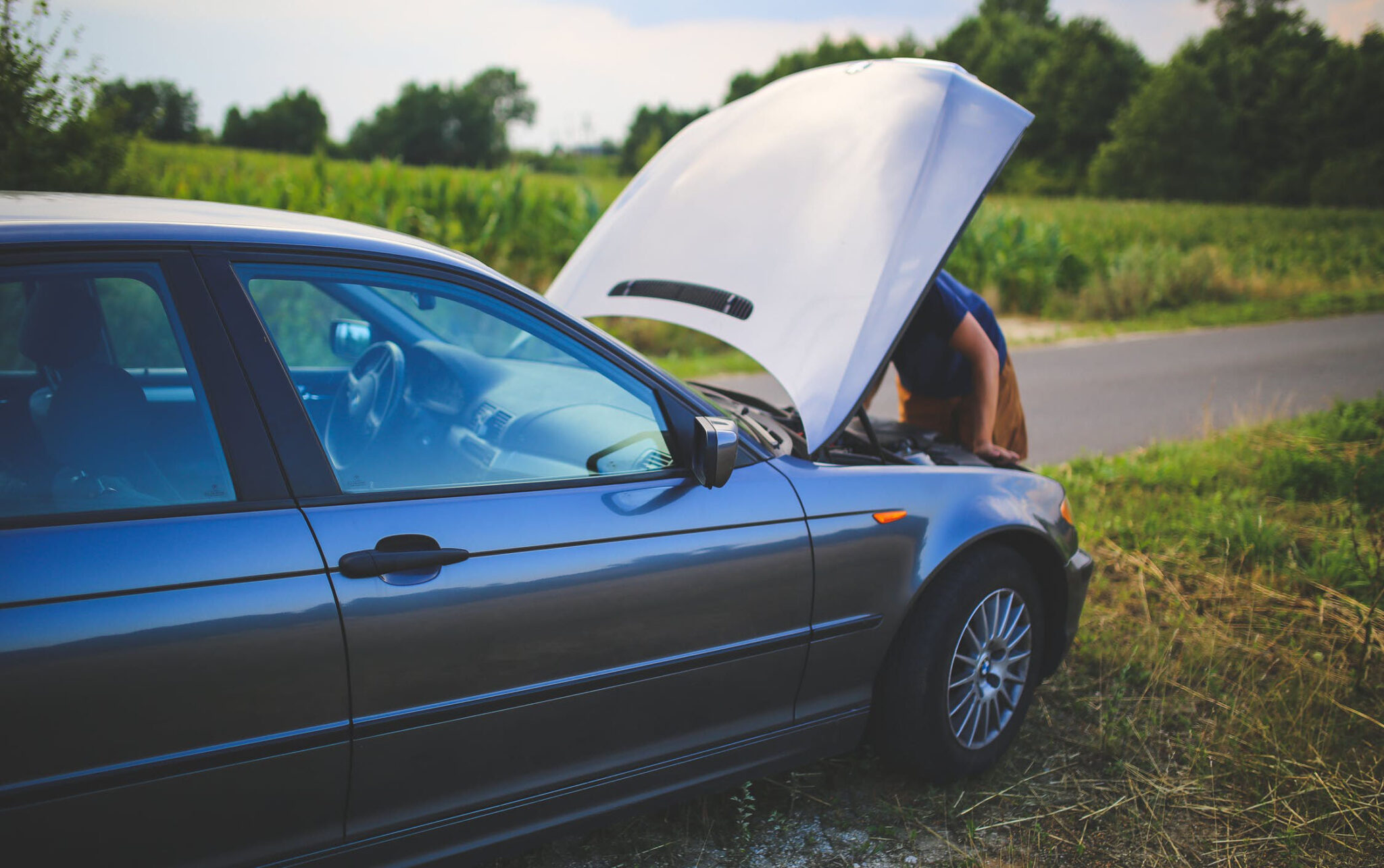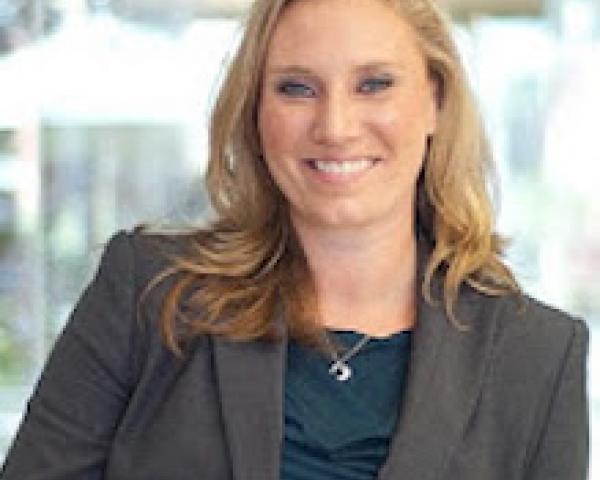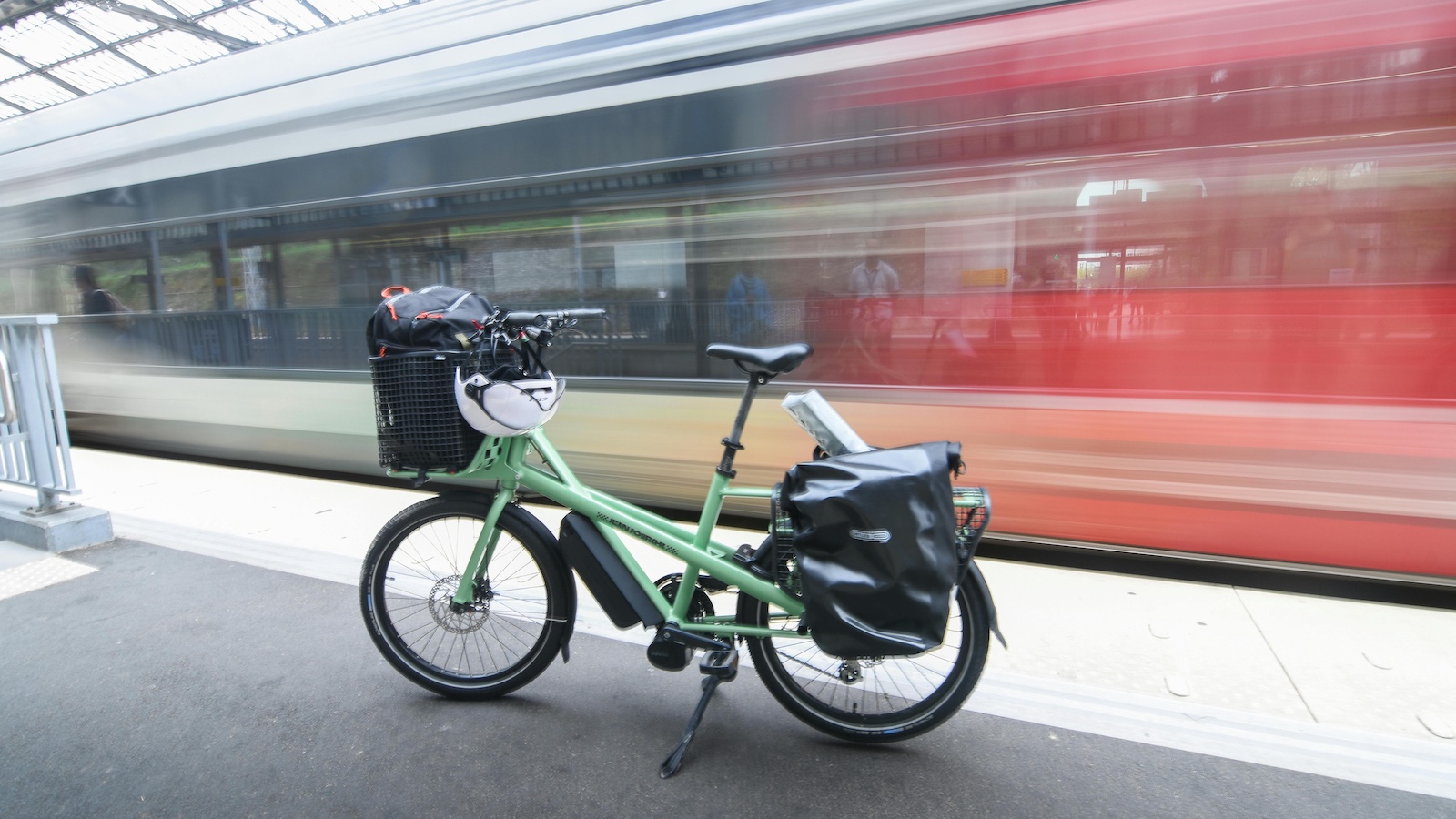Insurance carriers have put a lot of resources into optimizing the auto claims process, and they’ve made significant progress. The industry cut the average amount of time it takes to return a repairable vehicle to the customer after the first notice of loss from 13.5 days in 2018 to 12.9 days in 2019, according to J.D. Power, and then to 10.3 days in 2020, though the 2020 gains were at least partially due to fewer cars on the road during the pandemic.
Many insurers now provide AI-powered claims technology that enables the consumer to report an accident and supply the information needed to settle the claim without ever leaving home. Unfortunately, even with these tools, consumers still take an average of four days to report the accident and another three days to deliver the required images that allow their carrier to use these new AI tools for their claim. That’s seven days of costs -- car rental fees, storage charges, etc. -- and a significant delay in settling the customer’s claim.
Obviously, the vast majority of consumers want to get their cars back in working condition as soon as possible. So what explains these delays?
The primary issue is that motorists are not in the best position to capture accident information. Following an accident, they are often understandably dazed and focused on their health, the health of their passengers, interactions with law enforcement and the shock of the accident. They’re likely not thinking about taking exact photos of the damage to get their insurance company the data they need to start the claim. In the worst-case scenario, the motorist may be injured and completely unable to make a report.
If a vehicle is undrivable, it will likely be towed to a storage lot, and, many times, the claimant may take days to get the insurance company the information it needs to find and recover the vehicle, and also capture the photos needed for the claim. All the delays increase costs.
Likewise, customers may not be technically savvy. While many of us can use mobile app tools with ease, many others may not be able to navigate them without significant prompting. Even if they are able to use the tools, consumers are not experts in accident-scene images or insurance claims, so the photos they send may be incomplete or unusable, again causing further delays and increasing costs.
Enter the Tow Professional
Instead of relying entirely on consumers to self-report, insurers would likely see faster, more accurate reports if they were to partner with tow providers. After all, nearly all insurers now offer roadside assistance to their customers, so insurers will have a partner already on the scene for accidents that render the car undriveable, which are typically the most expensive claims. Plus, tow operators are in a far better position to capture accident scene information than are motorists. They’ve probably already worked hundreds, even thousands of vehicle accidents, so they’ve seen it all before; a tow operator is far more likely to be in a calm state of mind than the motorist.
Additionally, tow operators work with vehicles and the damage they incur in an accident on a daily basis. The operators already know their way around an accident scene. Plus, as partners, they can be held to certain standards under a contract and required to undergo training to follow a repeatable process. A motorist is under no contractual obligation, will likely be filling out the accident report for the very first time and almost certainly will have never reviewed the process beforehand. And the more accident reports a tow operator files, the better the operator will become at taking proper photos and providing the required information.
See also: The End of Auto Insurance
Of course, tow operators won’t be at the scene of every accident. If the vehicle is driveable, there’s no need for a tow, and not all customers will opt for the insurers’ roadside assistance program. But for those customers who do sign up, tow operators who are part of the insurer’s network will be on the scene for the most serious and costly accidents. By getting accurate information and photos the same day as the crash, carriers can reduce the amount of time the vehicle stays in storage and accelerate returning it to the customer or providing a settlement if it is totaled. As a result, the carrier not only saves money but increases customer satisfaction.
Tow operators are already on the scene. Insurers should leverage them to provide claims information and provide better outcomes for everyone involved.








